Since April 2022, the two landscapers Elena Simon and Jenny Eckes have been working on the implementation. As part of their project, they focus on three model regions: Bacharach, Spay and Lorch. In close cooperation with local stakeholders and land users, strategies for the landscape-defining parts of the municipalities are being developed. In a next step, they put their ideas into action in order to shape and use the landscape in a mosaic-like manner. Each model region has different priorities with challenges and opportunities for the use and design of the landscape, which are representative for the challenges faced by the entire Upper Middle Rhine Valley. One questions is, for example, how to deal with steep slopes that are overgrown with shrubs and difficult to manage, or how to reactivate vineyards and preserve the cultural heritage of the landscape. Further key subjects include the economic viability of cultivating climate-adapted fruit varieties, options for keeping landscapes open and, most importantly, dealing with climate change impacts.
With standardized action sheets, the landscape planners want to transfer solutions and implementation strategies to other areas as well. In a prospective follow-up project, the knowledge gained at local level could be applied to the entire Middle Rhine region, and a list with a variety of options for landscape development could be established.
A short video – see link in the picture – illustrates the cooperation between science and industry. The project led by Prof. Dr. Eckhard Jedicke and Dr. Jörn Schultheiß is supported by Stiftung Natur und Umwelt Rheinland Pfalz and Regionalpark RheinMain and is carried out in close cooperation with the Upper Middle Rhine Valley Local Association (Zweckverband Welterbe Oberes Mittelrheintal).







